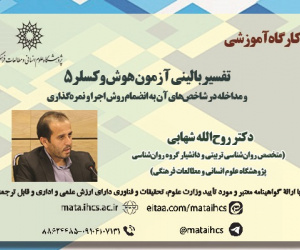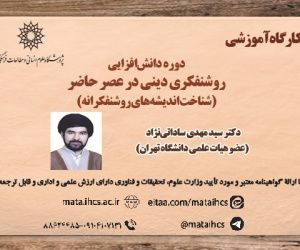تنازع آرمان خواهی و واقع بینی در سینمای محمدحسین مهدویان با تحلیل سه فیلم «لاتاری»، «ماجرای نیمروز» و «رد خون» (مقاله علمی وزارت علوم)
درجه علمی: نشریه علمی (وزارت علوم)
آرشیو
چکیده
در هر جامعه انقلابی پس از چند سال با رخ نمایاندن نتیجه عملی انقلاب مسئله نزاع آرمان و واقعیت موضوعیت می یابد. سینما به مثابه یک نهاد اجتماعی همواره واجد این ظرفیت بوده است که اهم مسائل اجتماعی را بر اساس زبان خود روایت کند و در طرح و صورت بندی منازعات زندگی جمعی، از جمله نزاع آرمان گرایی و واقع گرایی مشارکت کند. در پژوهش های پیشین در مواردی اثر تغییر گفتمان ها بر تغییر سینماگران مورد بررسی قرار گرفته است اما تمرکزی بر مسئله آرمان و واقعیت نشده است. نسل های مختلف از سینماگران ایرانی بر موضوع آرمان تمرکز داشته اند. در دهه های 60 ،70 و 80 این موضوع در آثار کارگردانانی چون محسن مخملباف، ابراهیم حاتمی کیا و رضا میرکریمی دیده شده است. در نسل جدید سینماگران هم محمدحسین مهدویان کارگردانی است که این مسئله برایش موضوعیت دارد. در این تحقیق هر سه اثر محمد حسین مهدویان یعنی «لاتاری»، «رد خون» و «ماجرای نیمروز» که مربوط به موضوع آرمان و واقعیت است به روش جان فیسک، مورد تحلیل و بررسی قرار گرفته است. نتیجه تحلیل این سه فیلم این است که محمدحسین مهدویان در نزاع آرمان و واقعیت، نه به طور کامل طرف آرمان است و نه واقعیت و هر دوی این نگاه ها را نابسنده می داند، هرچند نگاه آرمانی صرف را مخرب تر تصویر کرده است.The conflict between idealism and realism in the cinema of Mohammad Hossein Mahdavian; The analysis of three films “Lottery”, “Rad-e-Khoon”, and “Majaraye Nimrooz”
The intricate dynamic between idealism and realism, coupled with the challenges of regulating their interrelation, plays a major role in forming social structures and community life. Post-revolutionary systems, having successfully redefined prevailing conditions through the proposition of an idealized state, confront the difficult challenge of defining new paradigms that are consistent with this ideal. Cinema, as a social institution, by means of its narrative language can address profound social dilemmas and actively participate in the representation and organization of conflicts inherent in collective existence, most notably the ideological discord between idealism and realism.Several generations of Iranian filmmakers in the post-Islamic revolution cinema through the perspective of their ideology have concentrated on this issue and provided various interpretations of the dynamic tension between idealistic ambitions and pragmatic reality. In this study, three feature films, “Lottery”, “Majaraye Nimirroz [Midday Adventures]”, and “Rad-e Khoon [Trace of Blood]” by Mohammad Hossein Mahdavian, one of the young directors of Iran who have explored this conflict, are examined through an analytical lens influenced by John Fiske methodology. The findings reveal that in these films idealism manifests itself in conscientiousness, Jihad, and principlism, while realism is represented in concepts such as pragmatism, pacifism, and tolerance. Although the filmmaker seems to favor pragmatic ideas, he perceives both idealism and realism as fundamentally deficient in isolation.







